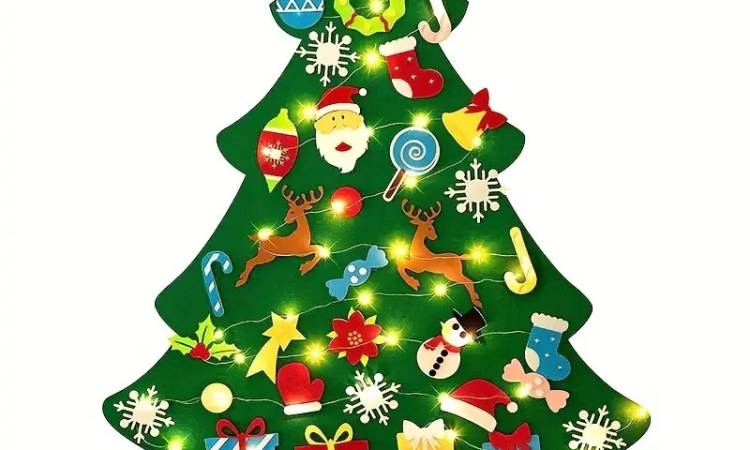As the holiday season approaches, families begin to think about how to decorate their homes for Christmas. One beautiful and meaningful way to celebrate the season is by creating a Montessori Christmas tree. This approach not only adds warmth and cheer to your home but also emphasizes the principles of Montessori education: independence, creativity, and respect for nature.
What is a Montessori Christmas Tree?
A Montessori Christmas tree is not just about decoration; it’s a reflection of the Montessori philosophy, which focuses on child-centered learning and hands-on activities. Instead of a traditional tree, a Montessori tree can take various forms, encouraging children to engage with their environment, understand the significance of the season, and participate actively in the decorating process.
Key Features of a Montessori Christmas Tree
- Natural Materials: A Montessori tree often incorporates natural elements, such as wooden branches, pinecones, and dried fruits. This connection to nature not only makes the tree eco-friendly but also provides children with a sensory experience as they explore textures and scents.
- Minimalism: Embracing a minimalist approach, a Montessori Christmas tree typically features fewer decorations. This allows children to focus on the meaning behind each ornament rather than being overwhelmed by excess. Each item can tell a story, whether it’s a handmade ornament or a treasured family keepsake.
- Involvement of Children: In a Montessori home, children are encouraged to participate in the decorating process. This could involve making homemade ornaments, arranging decorations, or even helping to choose the tree’s location. This involvement fosters a sense of ownership and pride in their work.
- Focus on Meaning: A Montessori Christmas tree is not just about aesthetics; it emphasizes the values of the season. Families can incorporate educational elements, such as discussing the origins of Christmas traditions or exploring the symbolism of various decorations.
- Flexible Design: The beauty of a Montessori Christmas tree is its adaptability. Families can design a tree that fits their space, values, and aesthetic preferences. This could mean a small tabletop tree, a wall-mounted design, or even a nature-inspired arrangement on a shelf.
Ideas for Creating Your Montessori Christmas Tree
- Nature-Inspired Ornaments: Encourage children to collect items from nature, such as acorns, leaves, and twigs. These can be transformed into unique ornaments that celebrate the beauty of the outdoors.
- Homemade Decorations: Set up a crafting session with your children to create ornaments from materials like salt dough, paper, or fabric. Not only does this foster creativity, but it also creates lasting memories as you work together.
- Learning Activities: Incorporate educational activities around your tree. You could read books about Christmas traditions from different cultures, sing holiday songs, or even explore the science behind evergreens.
- Reflective Space: Create a small area around your tree where family members can leave notes of gratitude or share their hopes for the new year. This promotes mindfulness and reflection during the busy holiday season.
Conclusion
Creating a Montessori Christmas tree is a wonderful way to celebrate the holiday season while staying true to the principles of Montessori education. By involving children in the process and focusing on natural materials, minimalism, and meaningful traditions, families can create a warm and inviting atmosphere that reflects their values. This approach not only enhances the beauty of your home but also fosters a deeper understanding of the season’s significance, making it a memorable experience for everyone involved. Embrace the joy of creativity, togetherness, and nature this Christmas with a Montessori-inspired tree!
